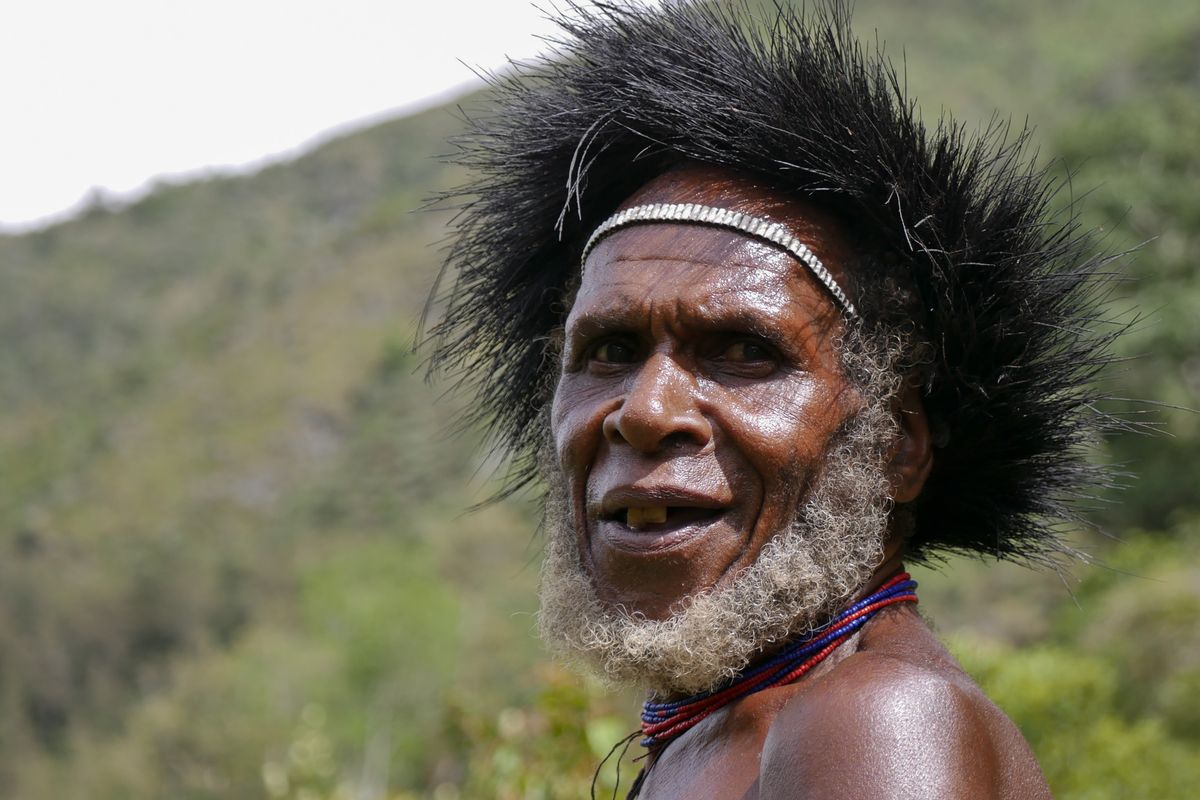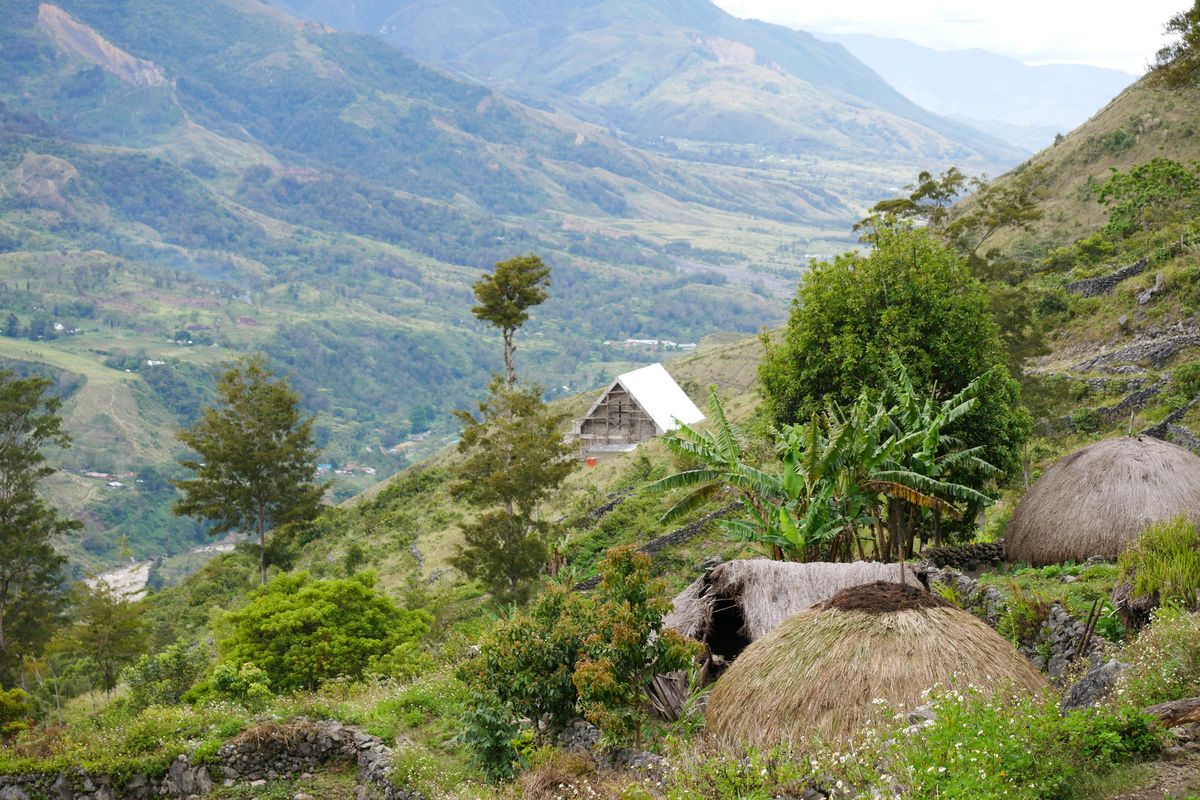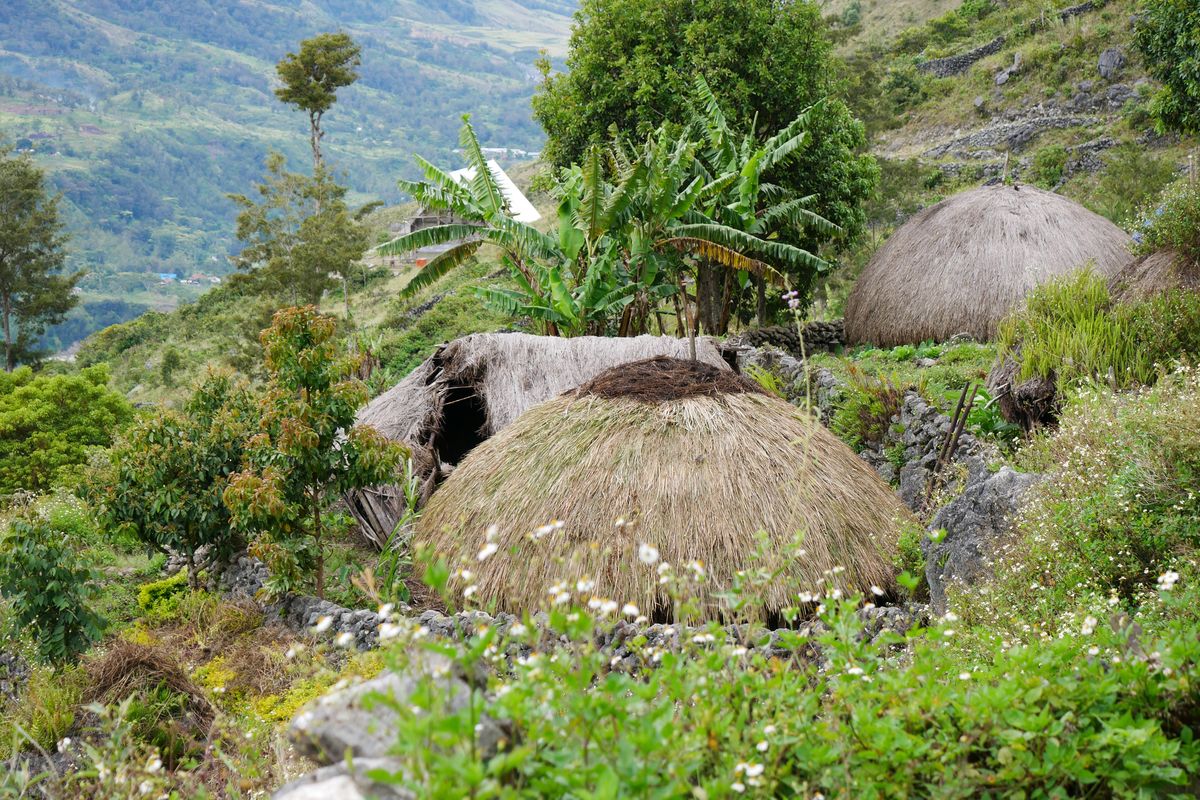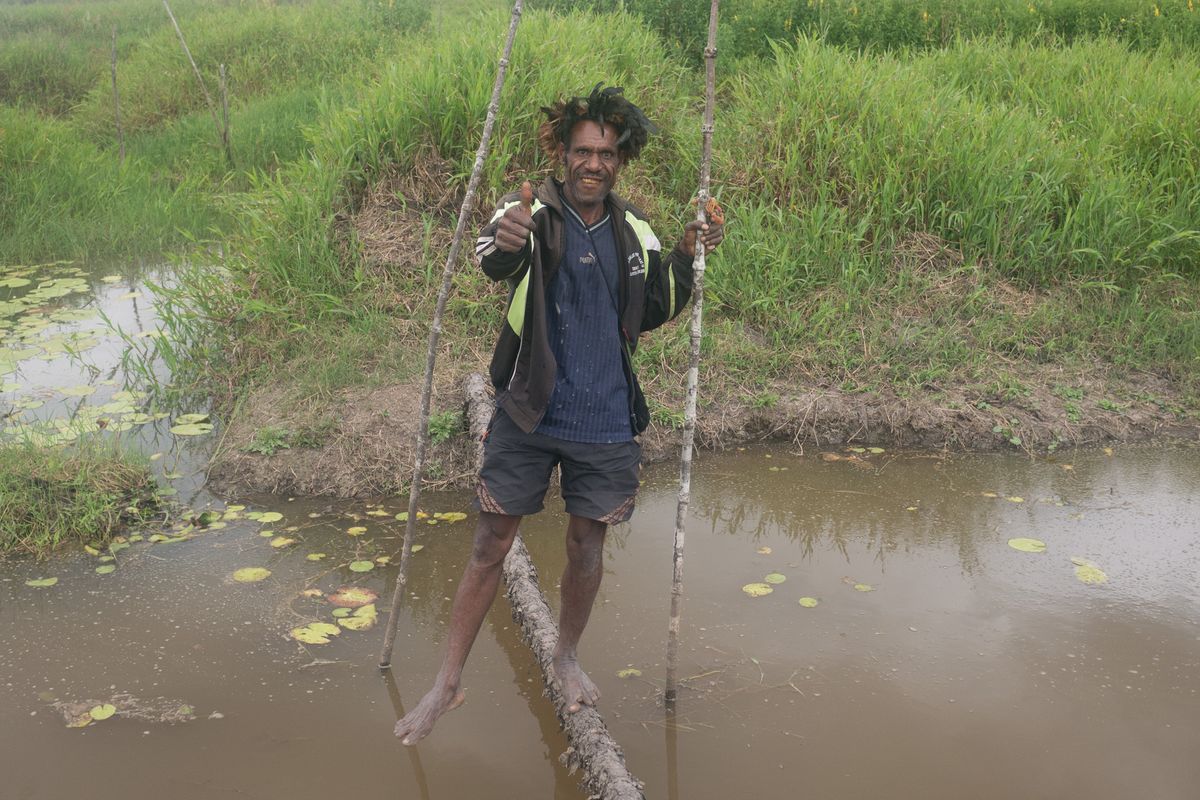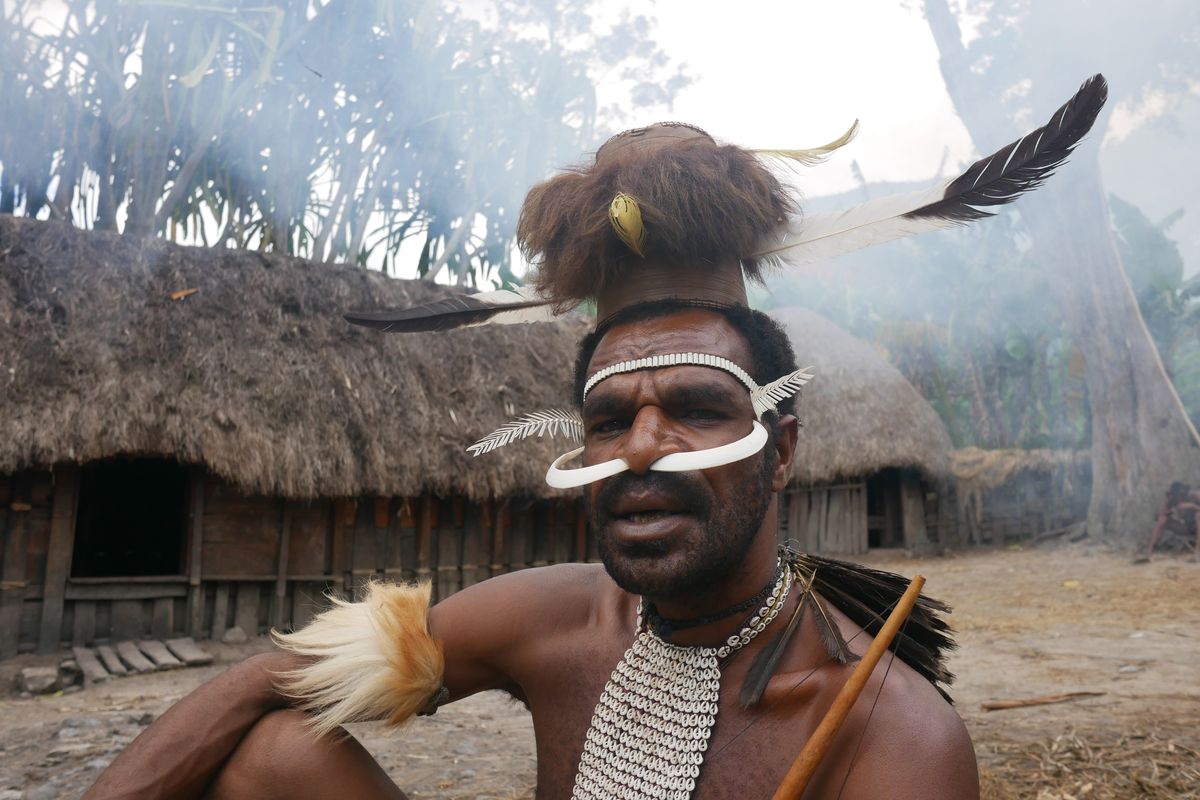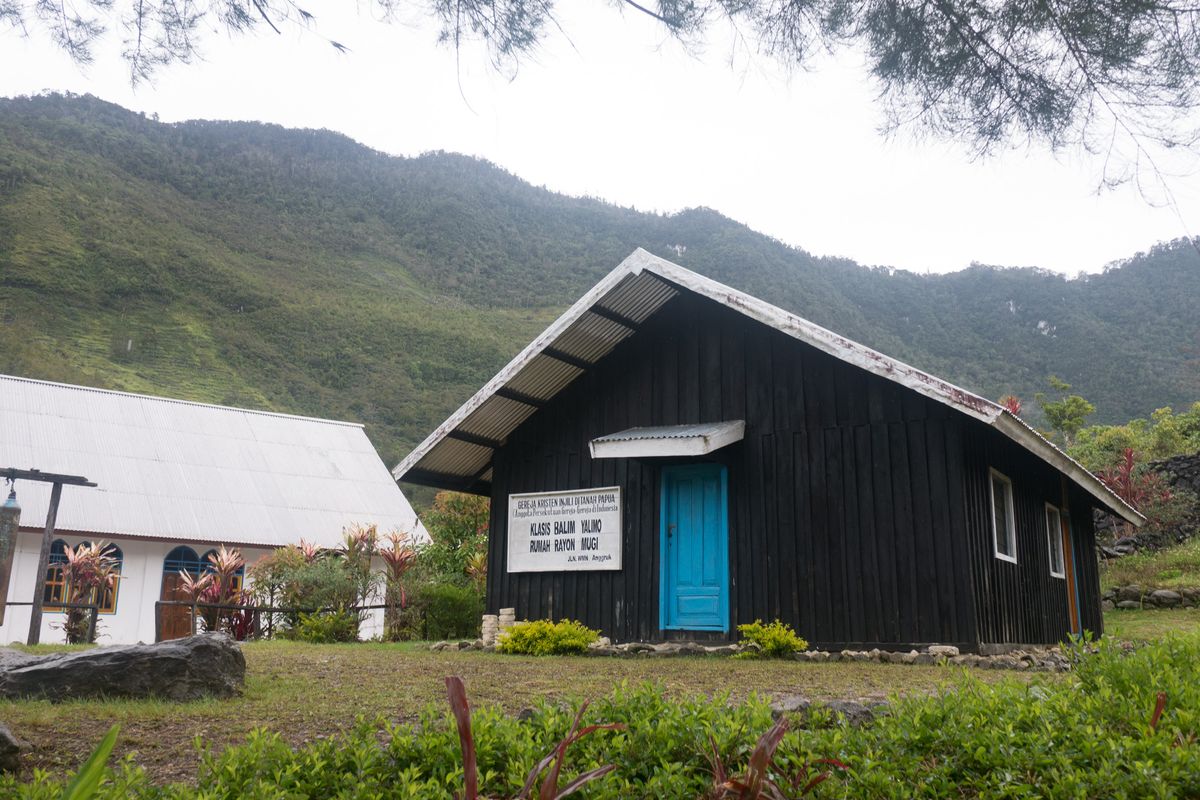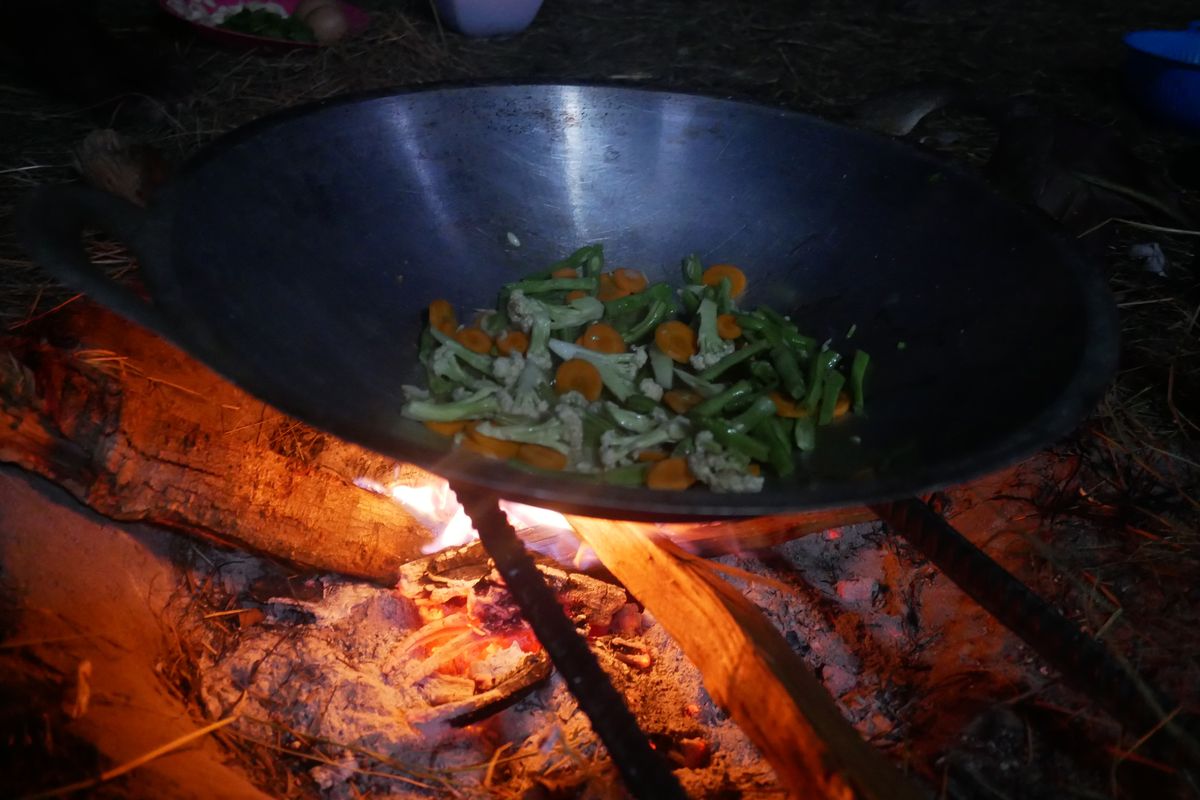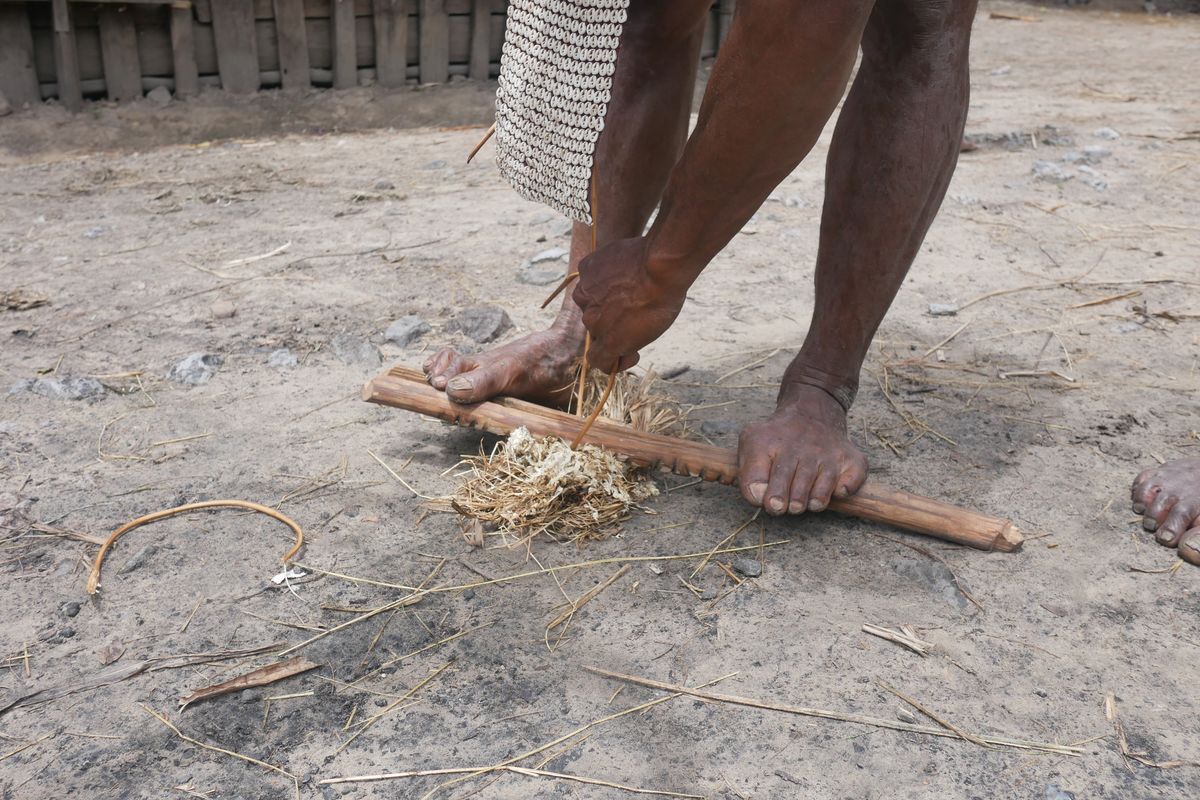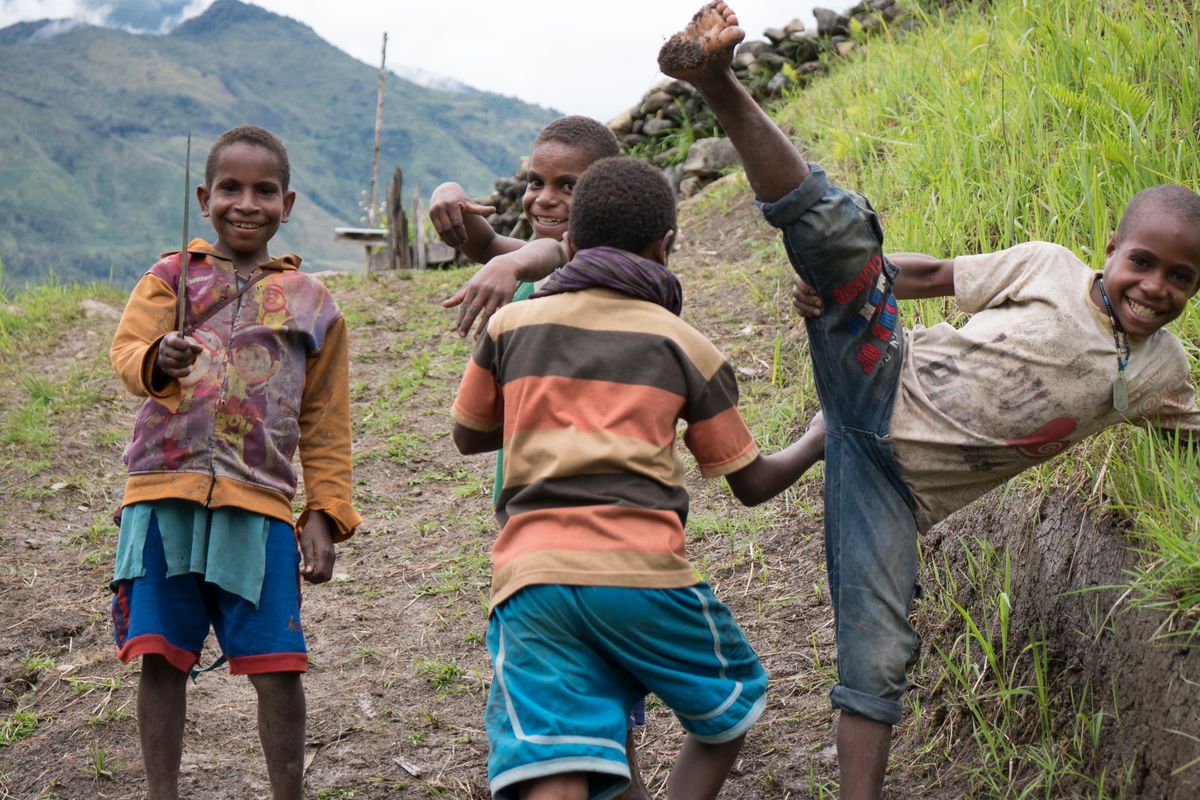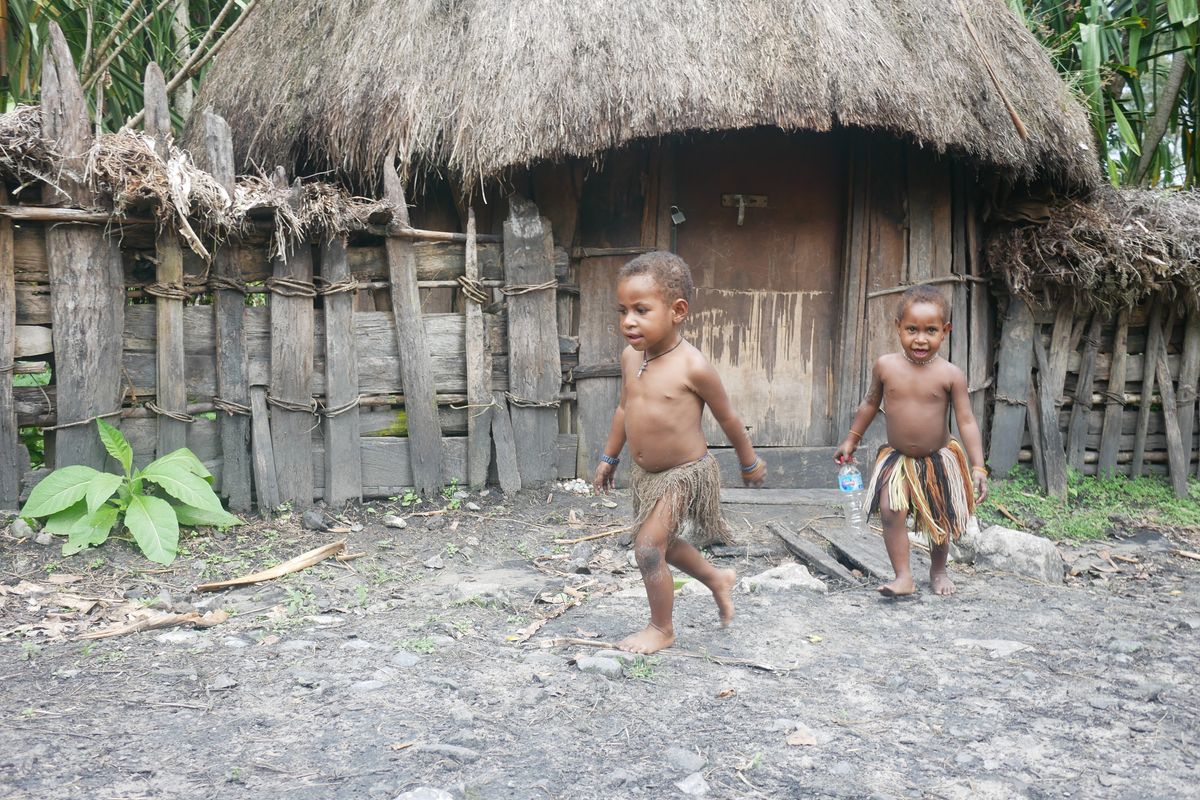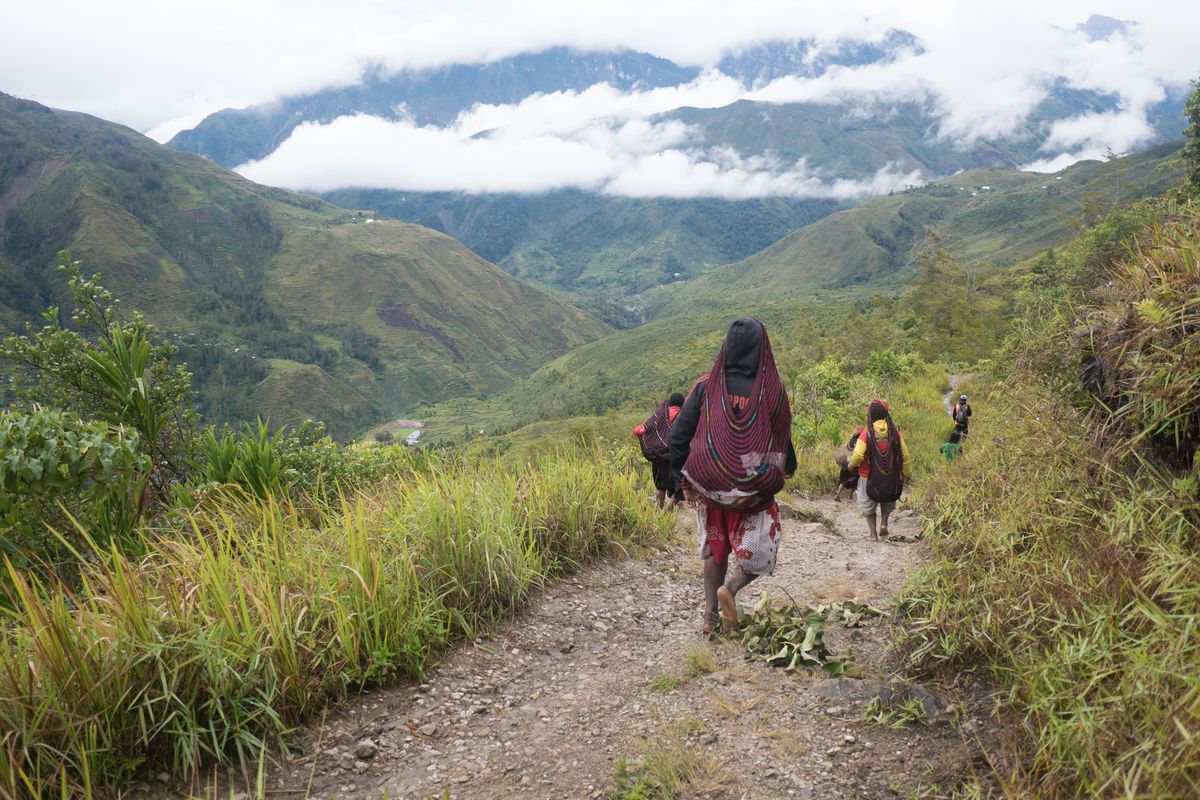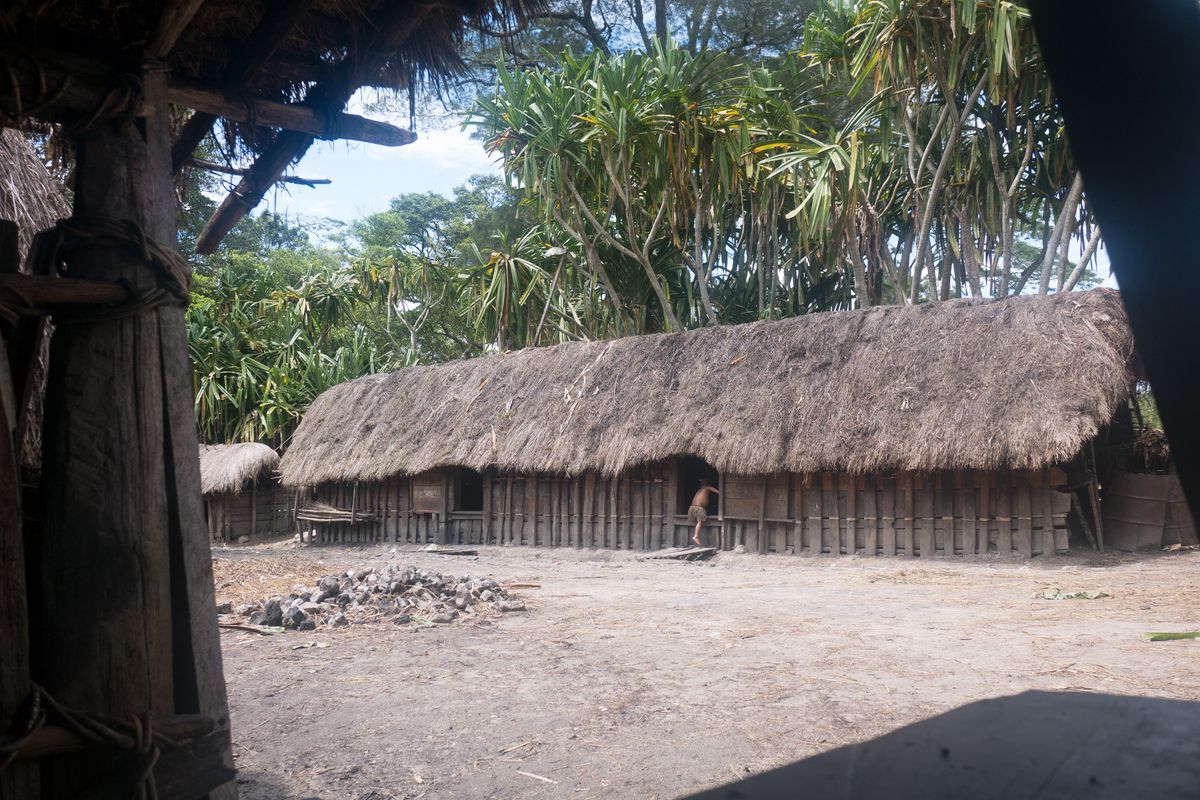Team travel journal: Ed in Papua, Indonesia
by Ed
Image gallery
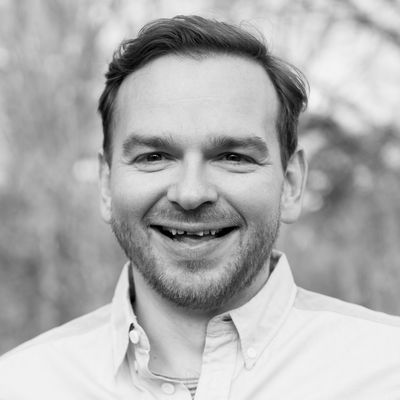 'I could feel the smile on my face growing as the aircraft’s wheels left Heathrow’s tarmac. Taking off is nothing new to me, but it had been a while since I had felt the nervous excitement of departing on a trip that felt genuinely epic. This was the first of four flights in a journey of around 36 hours, taking me to the Baliem Valley in the highlands of Papua, in eastern Indonesia. It is the home of the Dani tribe who were living a ‘stone age’ lifestyle, untouched by outside influences, just a century ago. Little has changed for them until very recently.
'I could feel the smile on my face growing as the aircraft’s wheels left Heathrow’s tarmac. Taking off is nothing new to me, but it had been a while since I had felt the nervous excitement of departing on a trip that felt genuinely epic. This was the first of four flights in a journey of around 36 hours, taking me to the Baliem Valley in the highlands of Papua, in eastern Indonesia. It is the home of the Dani tribe who were living a ‘stone age’ lifestyle, untouched by outside influences, just a century ago. Little has changed for them until very recently.
Two more take offs and three landings later, I arrived (a little jaded, I admit) at Sentani International Airport, near Jayapura. I made a beeline to my first cup of real Papuan Coffee. Wow…that did the trick! The airport was busy, with lots of friendly locals but no other tourists that I noticed. Flying is the only way to travel between most locations in Papua, as distances are big and roads would be hugely expensive to build in such difficult terrain.
I had around four hours before the final flight in the sequence, and it was raining… actually no - not just raining - it was absolutely hammering it down. The thick humid heat along with this left me in no doubt that I was back in Asia, and apparently it had been unseasonably wet for the whole previous two weeks. My mountain boots and wet weather gear were all packed, but I had hoped they would not be needed. Upmost on my mind, however, was whether we'd be able to (or should) take off. Thankfully, the sky gradually cleared over the next couple of hours and I was soon flying high above the rainforest canopy that covers so much of Papua’s huge landmass. The swollen rivers and streams paid testament to the recent wet weather, but the sun was now out and the excitement was mounting once again.
As we came in to land, it was apparent that Wamena was more developed than I had expected. The Indonesian government have invested in the area, but like so many towns in Asia, the focus on new builds is cost-effectiveness rather than the aesthetics. It therefore has quite a familiar look of provincial Asian towns that you see across the whole continent. Blocky buildings and dusty roads in a grid system, with motorbikes & scooters being the vehicle of choice. It felt a little disappointing after such a long journey.
Having secured my Surat Jalan (local travel permit) with the police at the airport, ‘Andy’ - the driver - welcomed me and my guide with a thumbs up, a wave and a huge smile. We headed immediately out of town to the Suroba Homestay, which is only 30 minutes from central Wamena. It wasn’t long until we were out of the town, driving along the valley floor with the high mountains either side of us and blue sky appearing through the haze. It was beautiful.
After a brief trek from the road we reached Suroba, a wood-fenced compound of newly constructed traditional style honai (houses), one of which would be my home for the night. This is a development project thought up by architect Yore Antar in order to learn, document and protect the region's traditional methods of construction, and provide an income for the local community through tourism. Tourists stay to learn about the traditional Dani tribe lifestyle, which although superficially influenced by the west is still a fascinating insight, not only into this region's very recent past, but also its present.
Tony told me with a grin and a chuckle that Michael Rockefeller had gone missing here in 1961, and was presumed eaten by the local community. I hadn’t seen a shower or a bed for nigh on three days, so I concluded hopefully that I neither looked or smelled as appetising as the endless rows of sweet potatoes in the fields all around me! It was soon apparent from the warm smiles and waves from the people working the fields that I should be more concerned about not falling into the irrigation channels that had been dug between the fields - crossing them over thin bouncy logs, it felt surely just a matter of time before I went in.
The actual village where the community lives is about a 40 minute trek away from the homestay. It was still light, so I set off to explore with Tony and a senior member of the village. Wearing a traditional feather headdress, sports shirt and football shorts, he was a great indication of the way modern day tribes really dress and live - a mix of the old with the inevitable influence from western societies. With everyone still working in the fields, the village was very quiet apart from the pigs and piglets scurrying around. The set-ups of the villages are all generally all based on the same layout, with a longhouse building for cooking and socialising, a honai for the men to sleep in, and a separate one for the women called an ebei. The pigs and livestock also have their own house, which is called a wamai. These are surrounded by a chest-high wooden fence which helps keep the pigs in check and, in the years when the tribes were at war, formed part of the defence.
The sun was setting so we headed back - the slip and splosh I had so far narrowly avoided finally got me on the way back. I also managed to take my new Dani friend with me! I was very pleased to see him laughing as we pulled ourselves out of the water. After returning to the homestay, I changed into some dry trousers, and after a dinner of fresh green vegetables, rice and sambal, the tiredness took over and I was off to bed. My honai had the mesh insides of a tent to act as a mosquito and general critter barrier, and a foam mattress on the floor. I would never have imagined it could feel so comfortable...'
by Ed on 28th June 2018
